Irix IFH-100-Pro – Review by Robert Goodlight Photography
In addition to the full text in English, there are also downloadable versions below:

Robert Goodlight Photography
February 2021
Irix
Irix is a Lens manufacturer from Switzerland who offer photographic and cinematographic lenses and filters (since 2016). Now Irix have quickly gained popularity with their highquality super-wide-angle lenses.
- Irix 11mm f/4
- Irix 15mm f/2.4
The Irix 150mm f/2.8 1:1 macro lens won the iF design award and the red dot award in 2019. Irix 45mm f/1.4 is now the latest release. I have been working for two years with the Irix 15mm f/2.4 and couldn’t be happier. I bought it mainly for astro photography but it became quickly my favorite lens for landscape photography in general with low distortion, sharpness over the whole photo and great size/weight for traveling.
With this, Irix is about to release a new filter holder, the IFH-100-Pro and Irix have asked me to test the IFH-100-Pro.
So let’s have a closer look.

IFH-100-Pro
Firstly, a few product features about the IFH-100-Pro:
- It’s a 100mm filter holder, with the possibility to use 1.1mm and 2mm thick filter.
- Compatible with lenses from 52 mm to 95mm in diameter (adapter separate).
- Adapter for Irix 15mm f/2.4 included.
- Two filter slots, plus dedicated polarizing filter (externally adjustable with knob).
- A secured mounting system for the 100mm filter and the polarizing filter.
- Ultralight: 98g
Currently I’m working with Nikon D800 and Irix 15mm f/2.4 in combination with
- Irix Edge IFH-100-PRO (with CPL and Irix 15mm f/2.4 adapter)
- Irix Edge Full ND1000
- Irix Edge Reverse Gradual Filter ND8
- Irix Edge Soft Gradual Filter ND16
- Irix Edge Hard Gradual Filter NDA
The lightweight IFH-100-Pro is barely recognizable in your camera bag, which is very important. I’m mostly doing long walks so light and compact equipment is necessary. Another thing I like about the IFH-100-Pro is its simplicity as I can set up the whole filter system in seconds.
Mounting the IFH-100-Pro
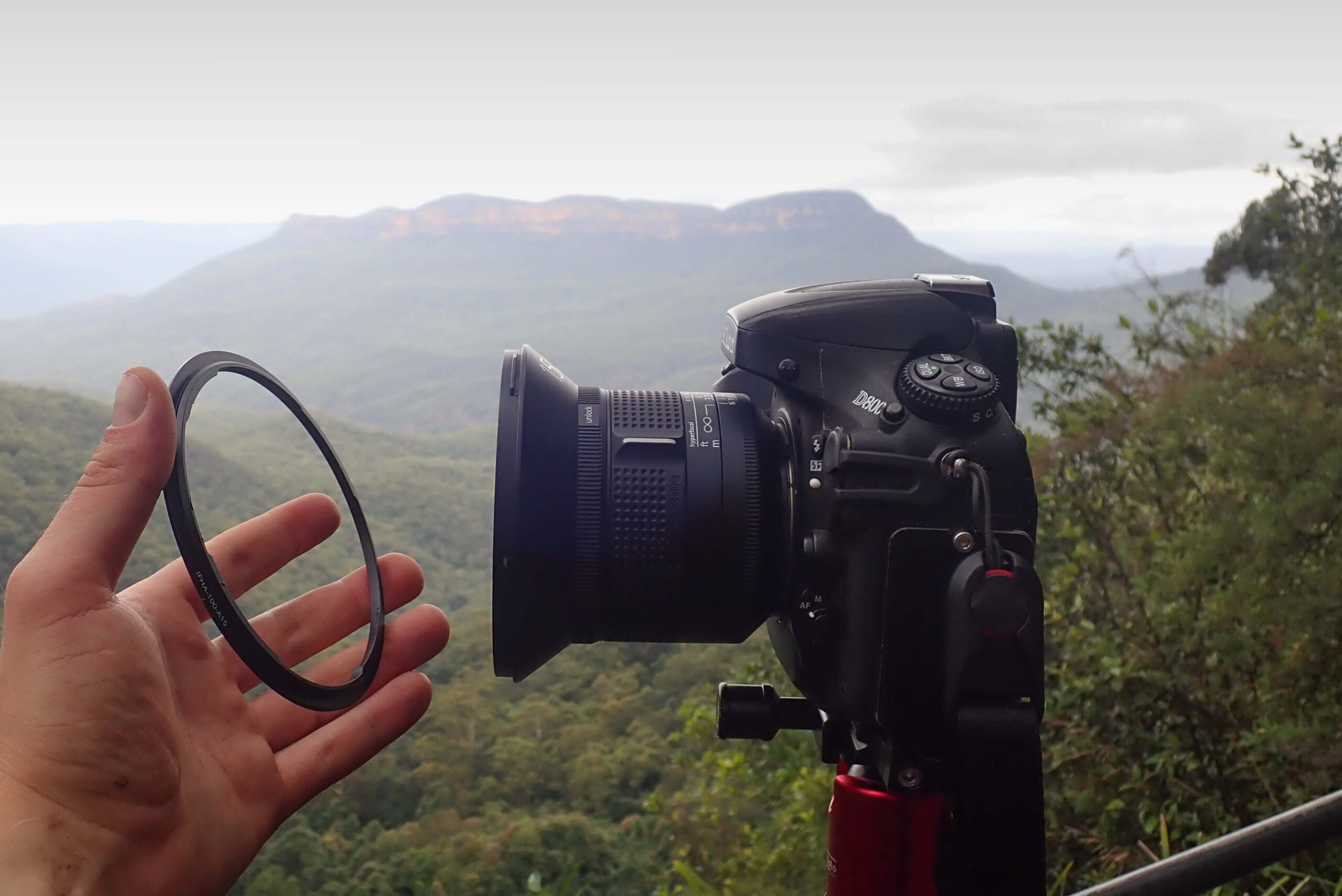
Put the adapter ring on your lens.
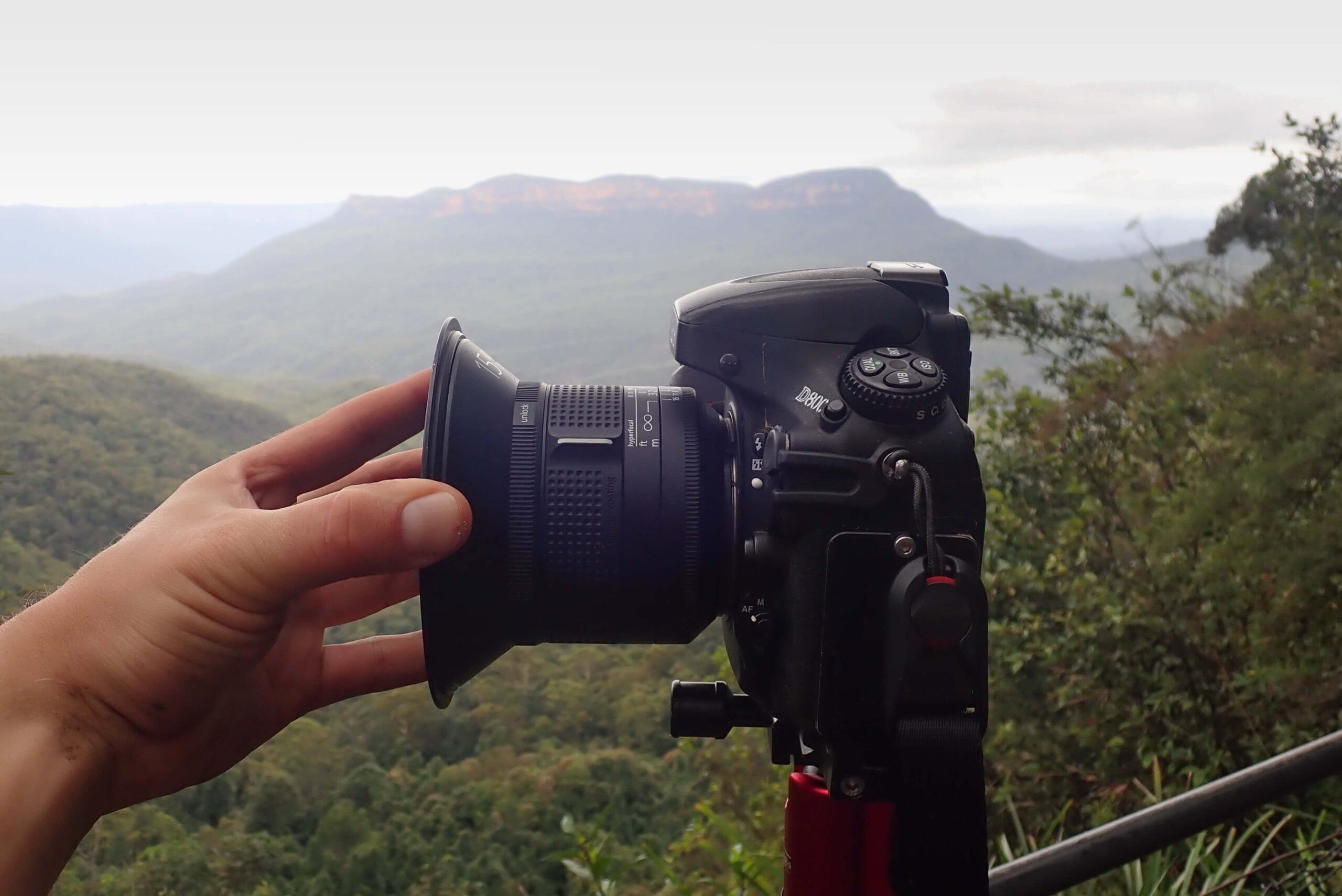
Simply secure the adapter ring on the lens by twisting it on the lens hood contraption. No time consuming thread here! Once it’s in place you can attach the IFH-100-Pro.

There is a little lip on the bottom side, just hook it on the adapter ring. Then just push the IFH-100-Pro firmly against the lens. The IFH-100-Pro just snaps on the adapter and is secured by a spring-loaded mechanism.
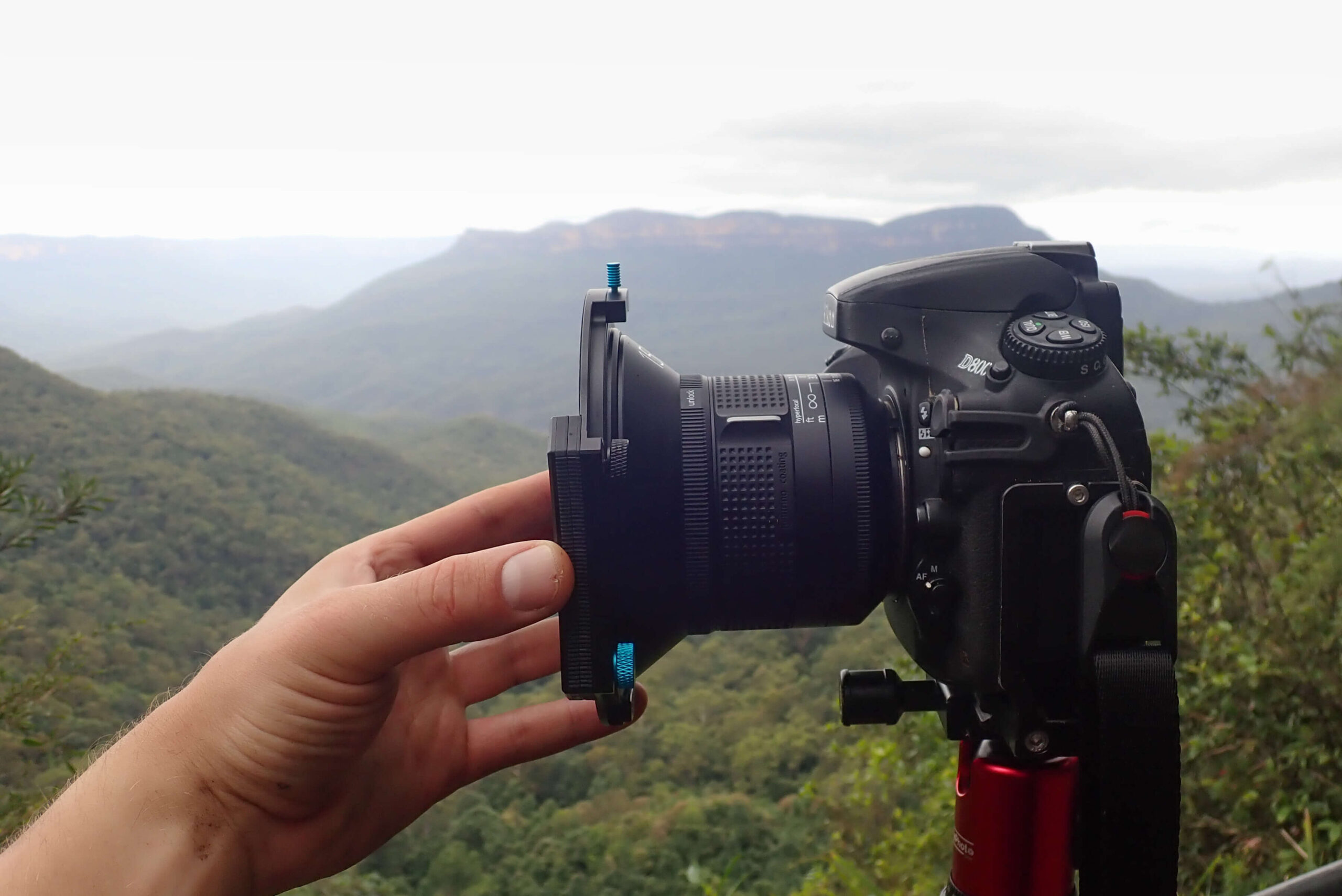
The IFH-100-Pro is now attached and swings freely to change position depending on your needs.
I did use a few filter systems before, but I always got annoyed about the set-up-process. Mostly it took ages to attach the filter holder to the lens, which was the reason why I ended up not using filters at all. The IFH-100-pro is different, it is so easy and quick to set up. Furthermore, you can put on your lens cap while the IFH-100-Pro is on your lens. When I go out shooting, I mostly leave the IFH-100-Pro attached to my lens, so I don’t have to set up every time I want to take a photo. You will be much quicker and will not be missing beautiful conditions in the field. Another thing I would like to point out is the adapter ring doesn’t have a thread and is therefore much easier to attach. Try to get the threads lined up 5am in wintertime and you appreciate a simple and efficient system.

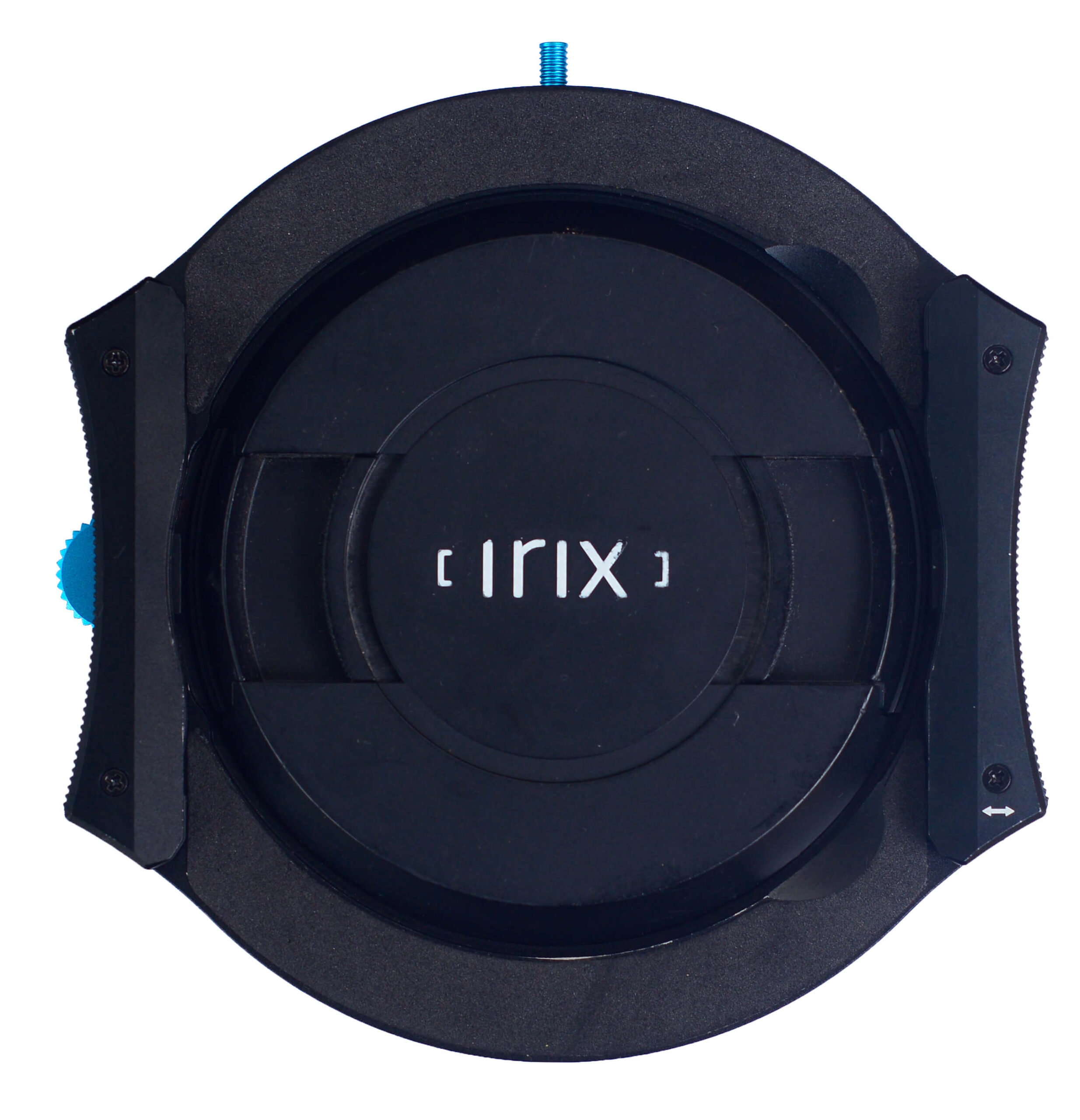
To remove the filter holder, just release the spring-loaded mechanism by pulling the little blue screw at the top. One second – done.
What Filter’s can I use?
The IFH-100-Pro comes with two 100mm filter slots. You can use 1.1mm and 2mm thick filter. Interchangeable filter slots are included in the package, even a screwdriver. Besides that, you got a build-in polarizing filter which means you could use up to three filters at the same time. I like to have the option of using the polarizing and gradual Filters together in particular, if shooting woodland or waterfalls. There it is significant in reducing shiny surfaces and keeping all the information in shadows and highlights. It is also possible to use your existing 100mm filter from other brands, because of the popular 100mm size.
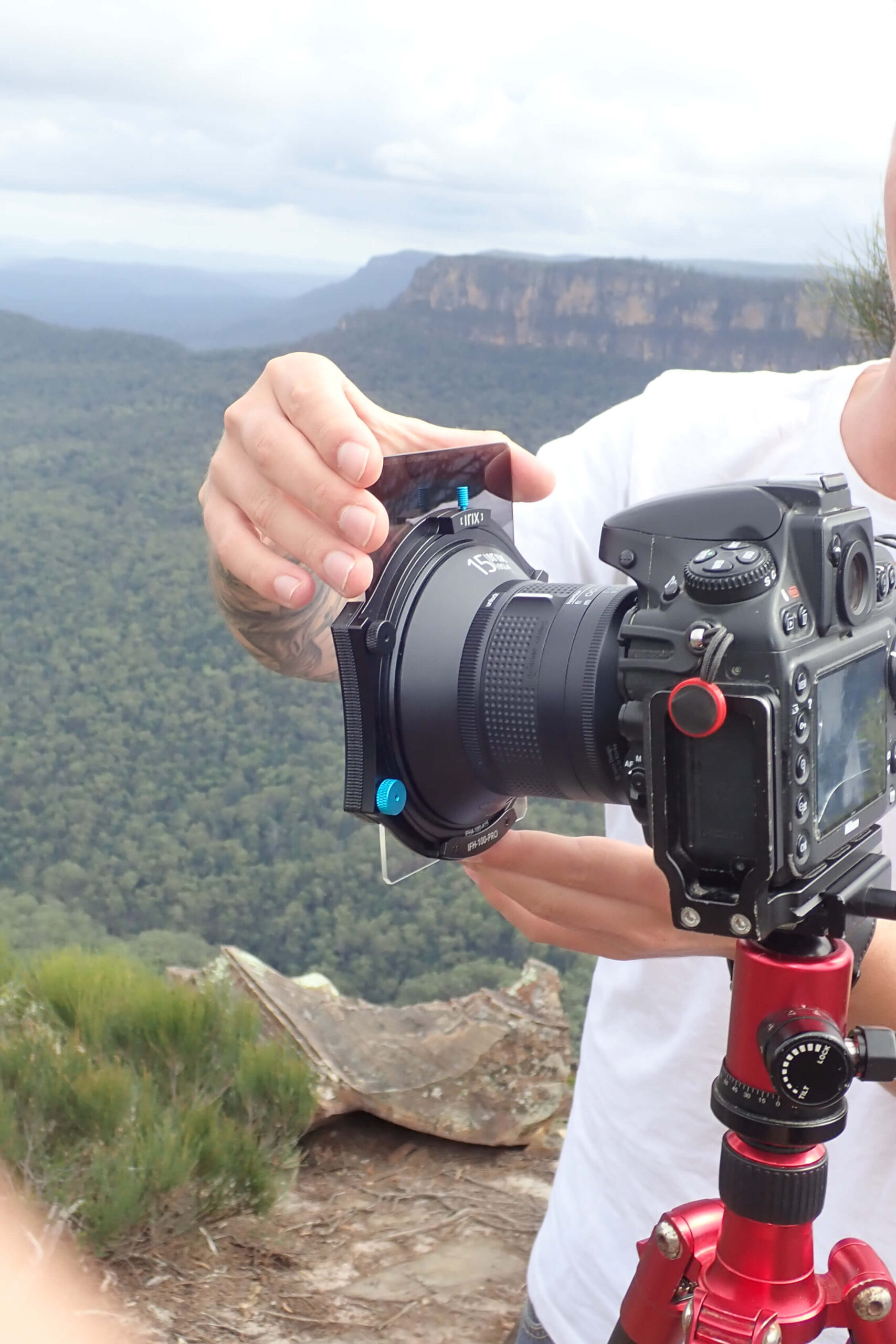
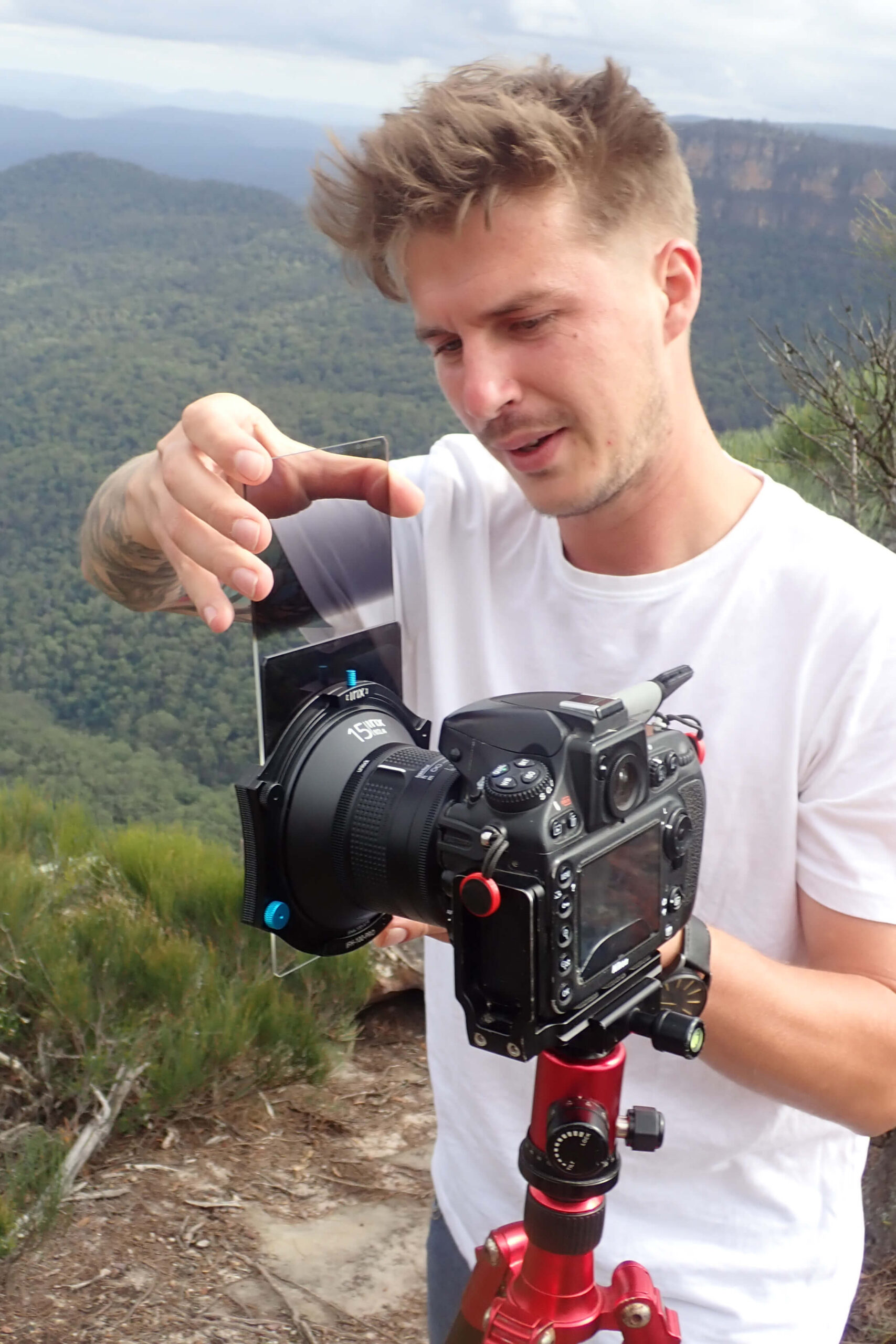

100mm filter
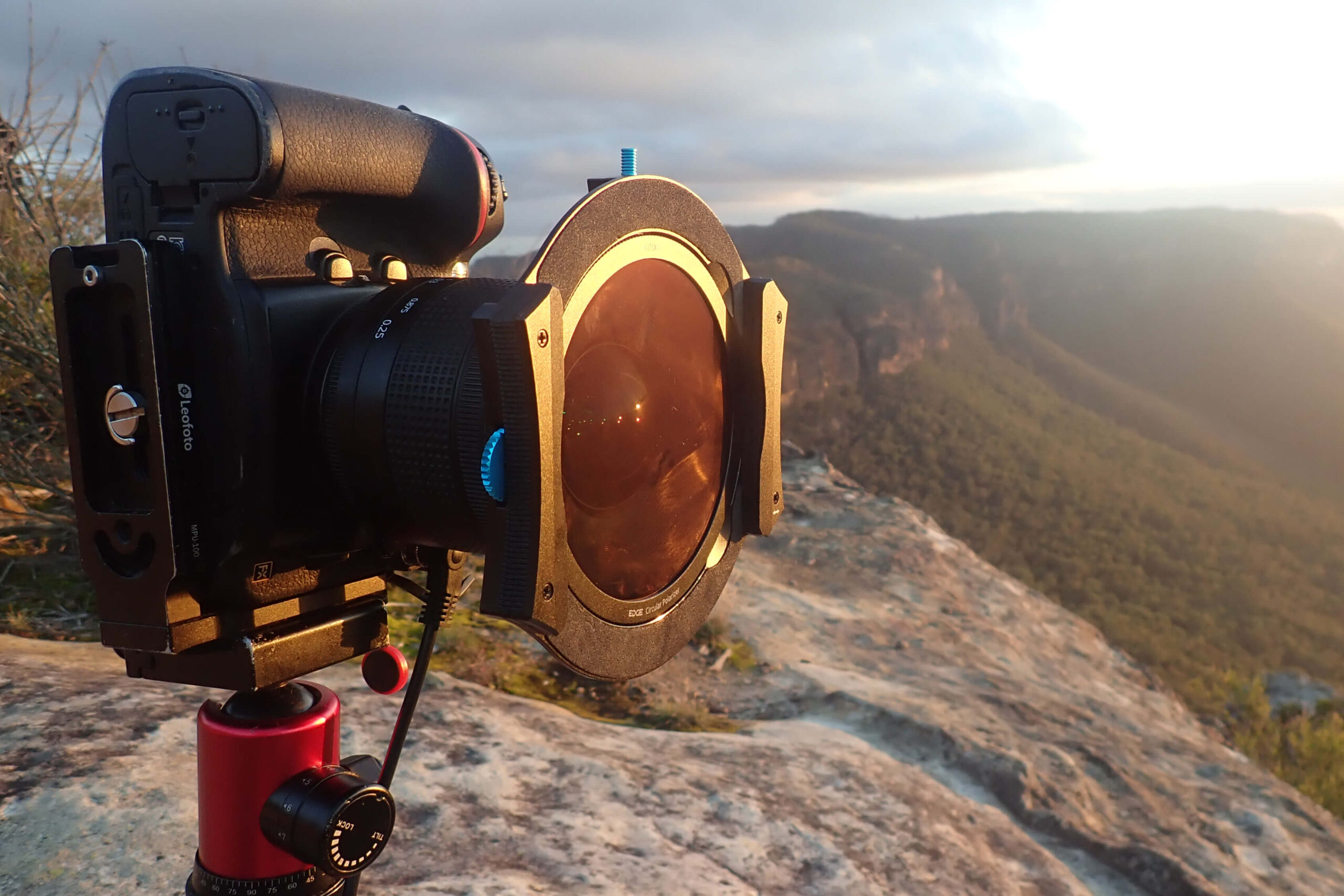
Polarizing filter (CPL)
Mounting Filter
You find two screws on the IFH-100-Pro.
The Black screw is to hold your 100mm filter in position.
You simply tight up the screw, once you are satisfied with the position of your filter. Consequently, the position is locked and you don’t have to worry about it while you a shooting.
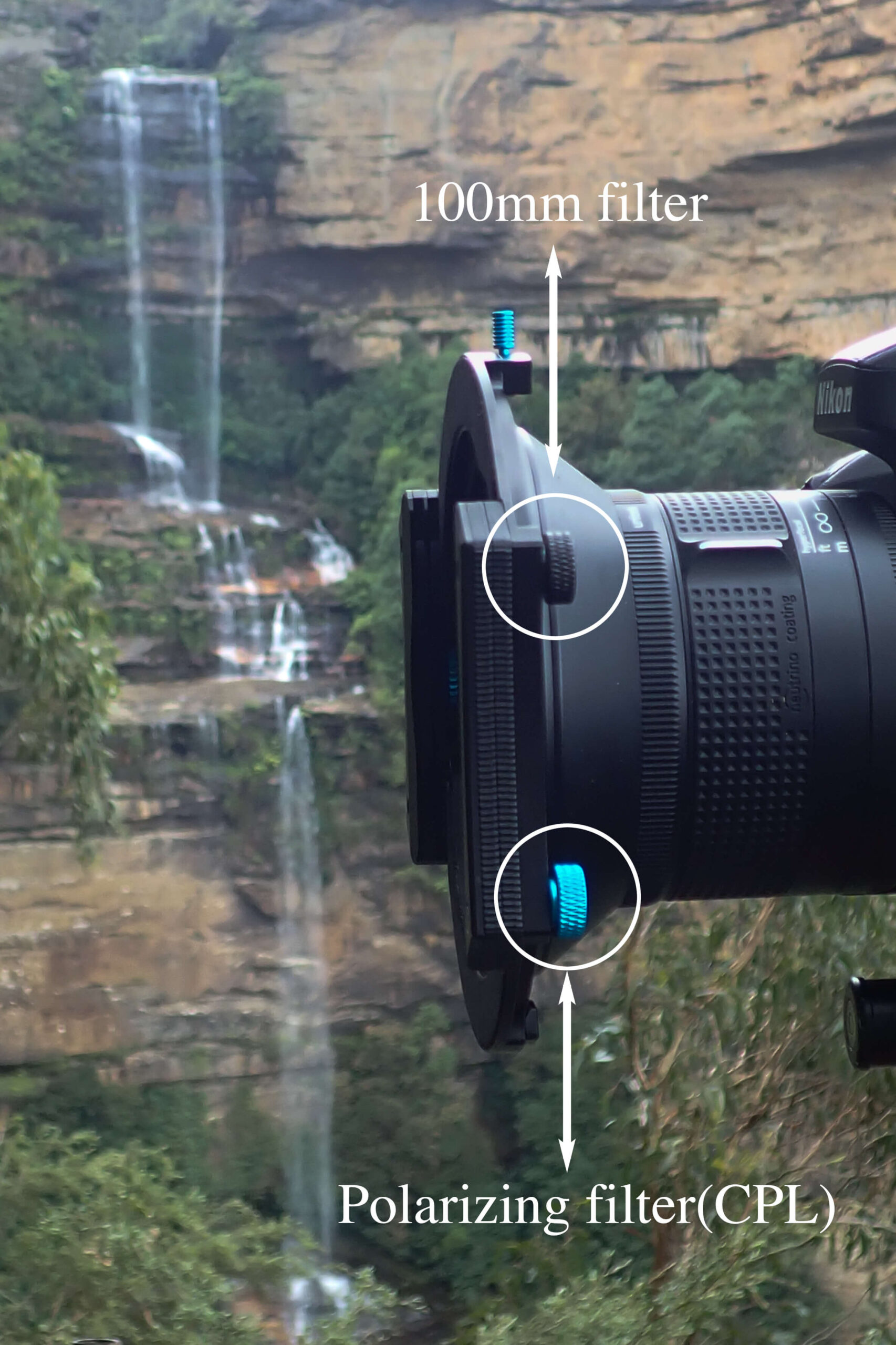
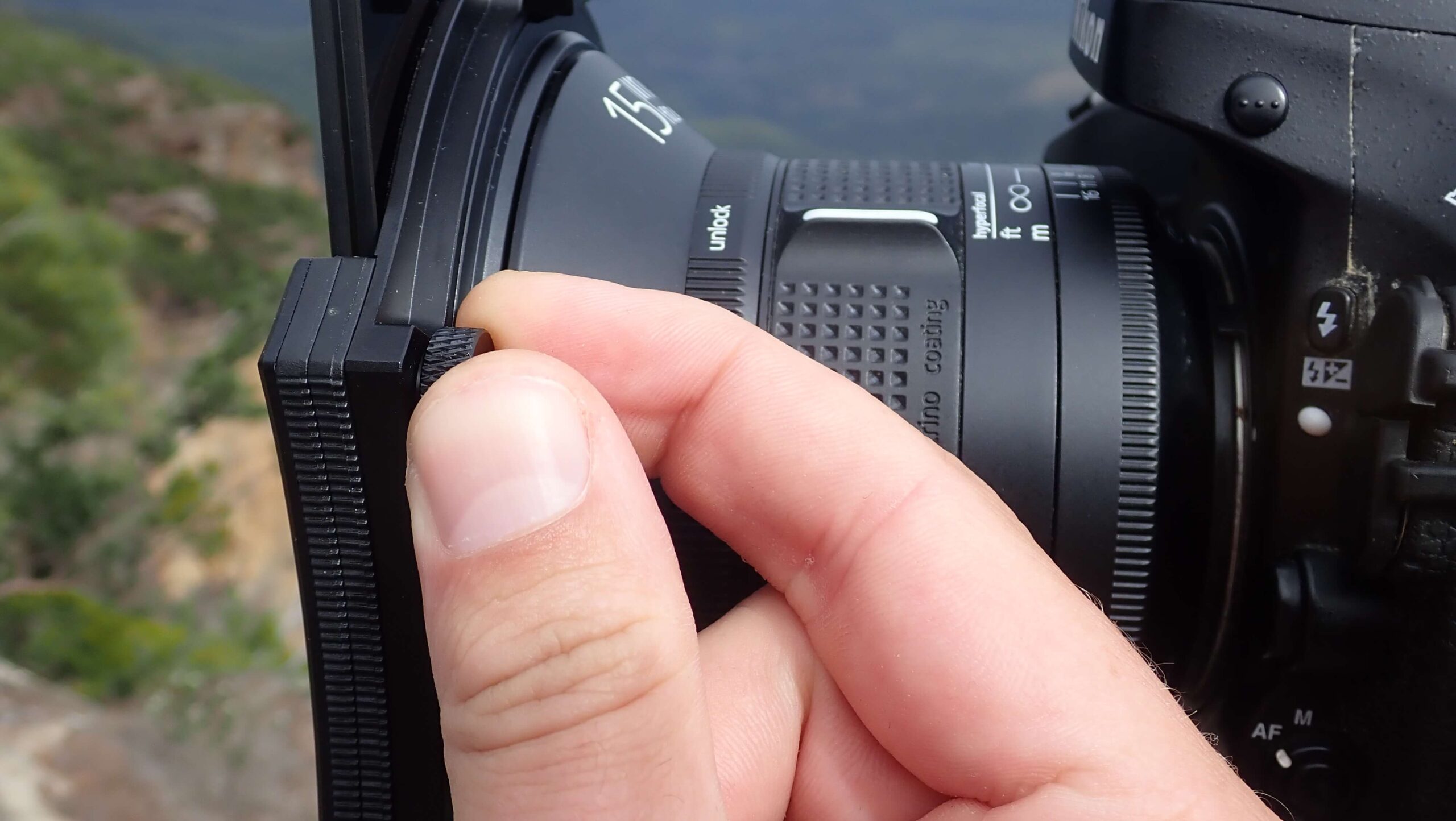
The blue screw is for your polarizing filter.
After losing the screw you can move the filter-slot to the side and pop in your polarizing filter. Once the filter is in place, you tighten up the screw. You can adjust the polarizing filter with the external adjustment knob.
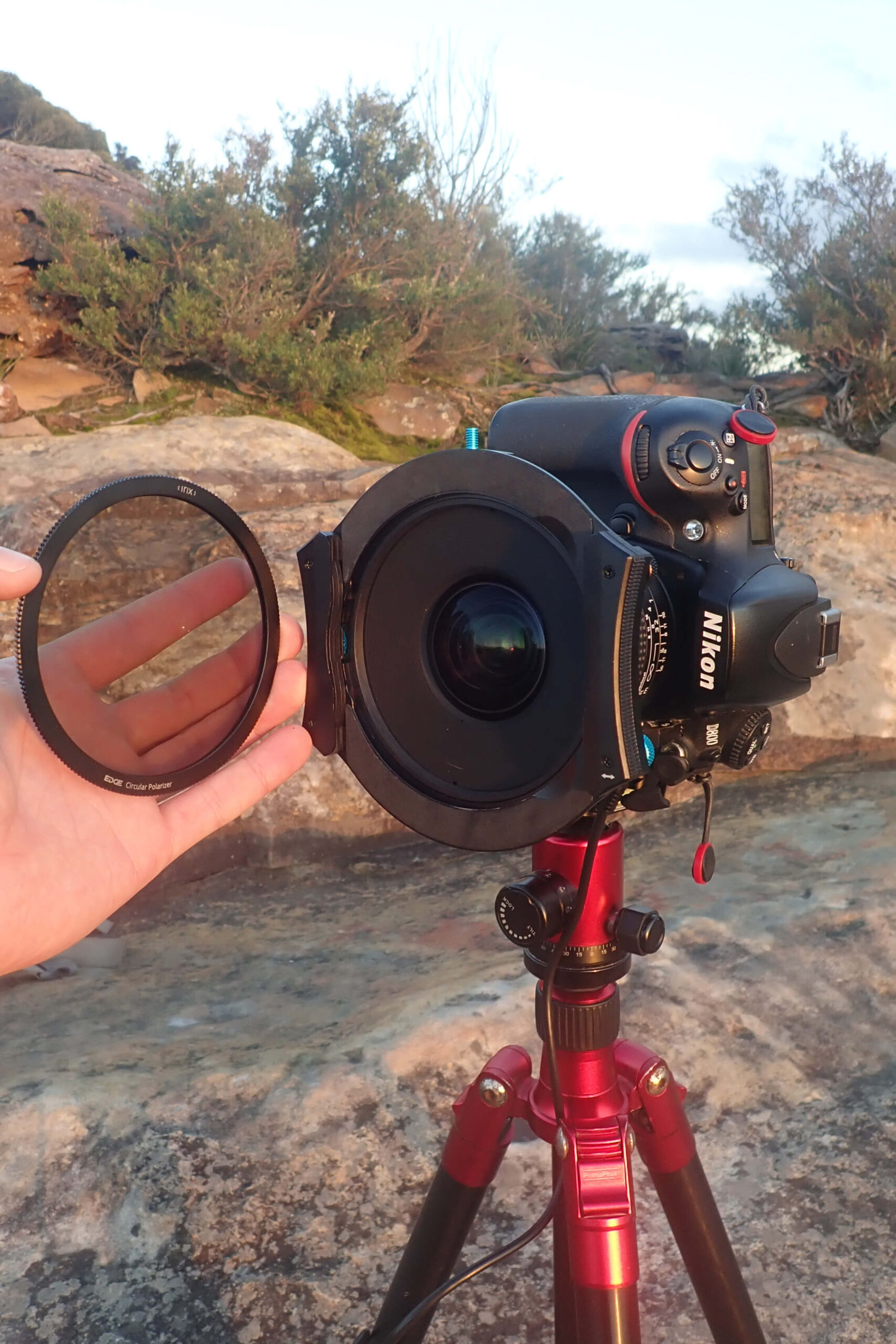
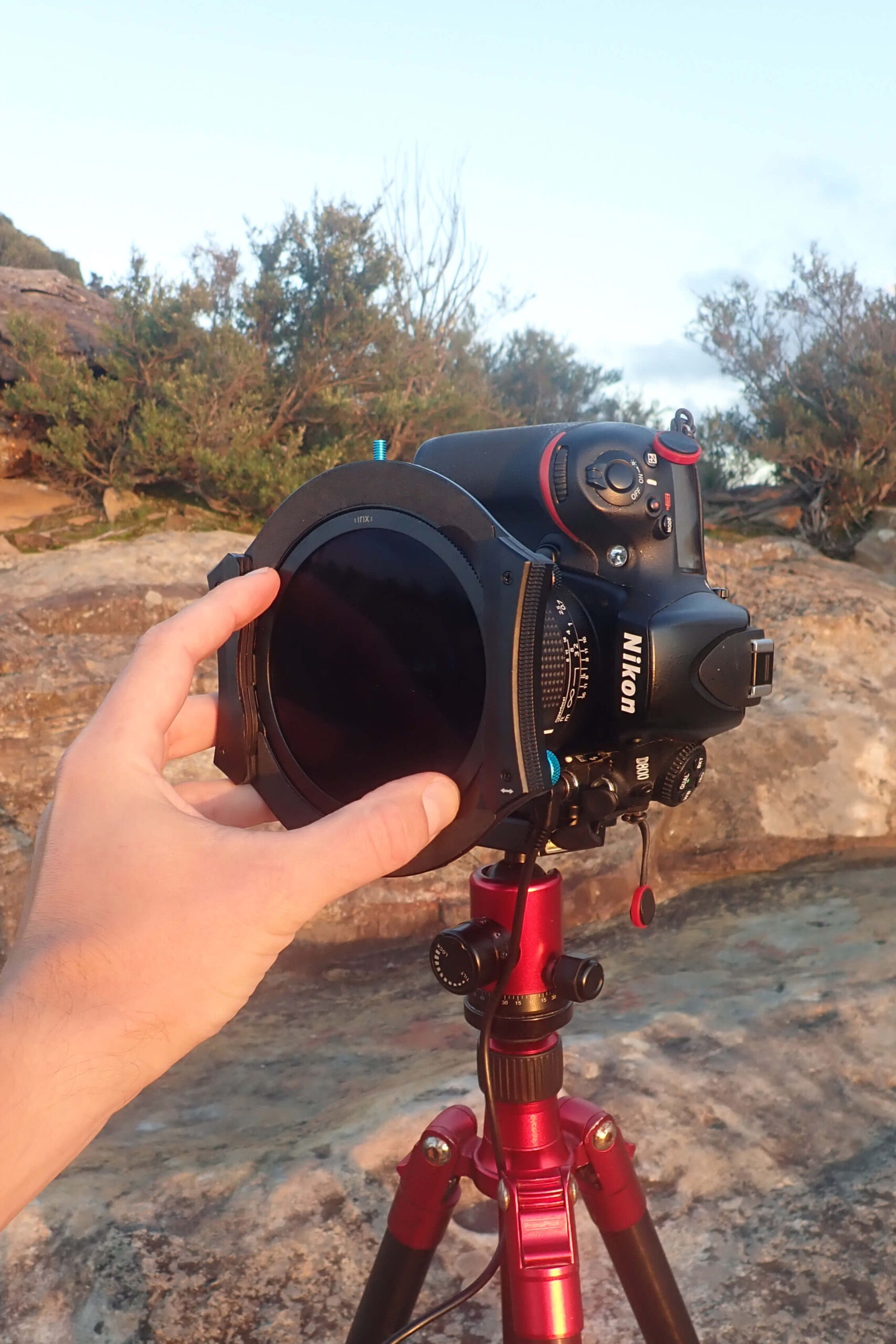
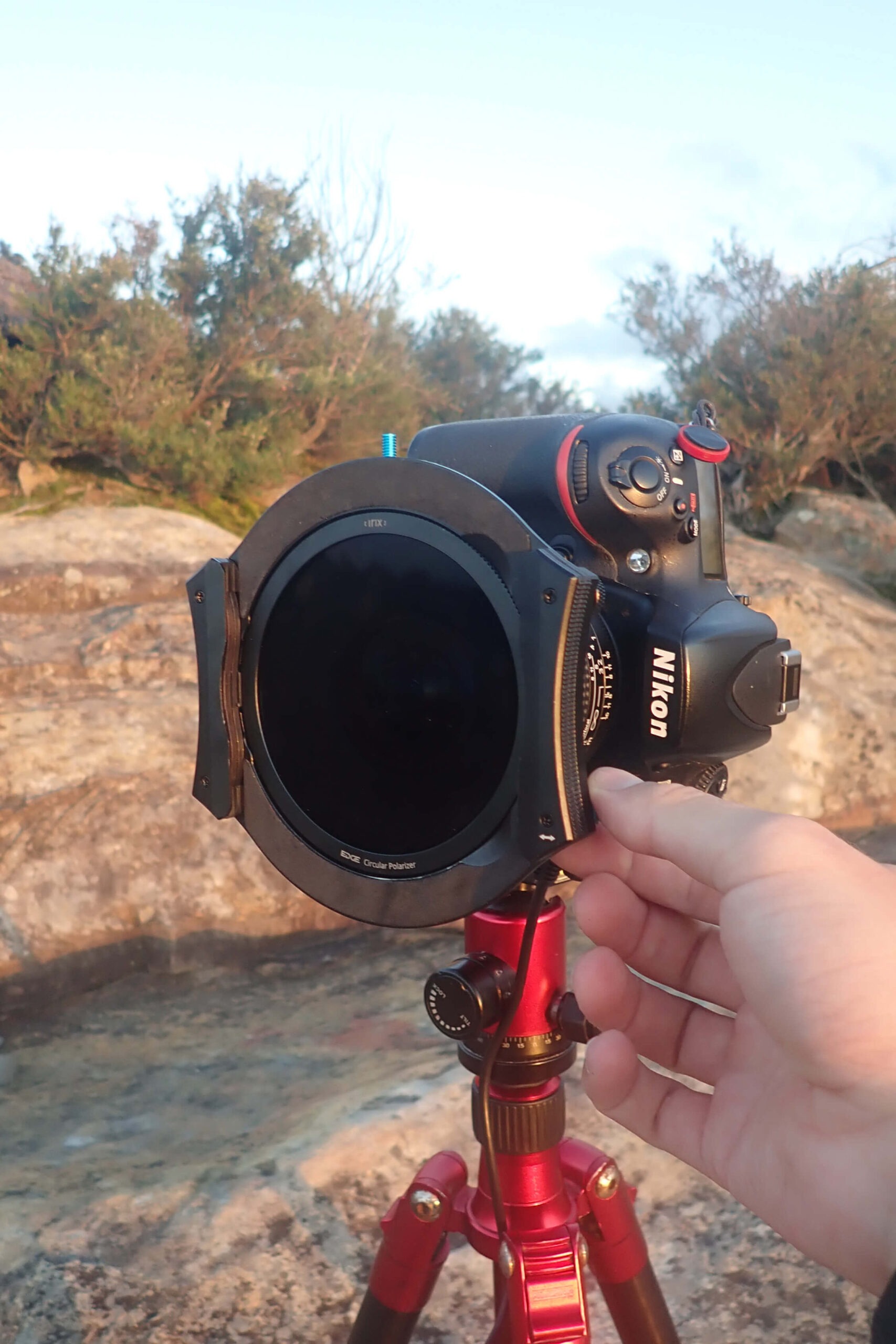
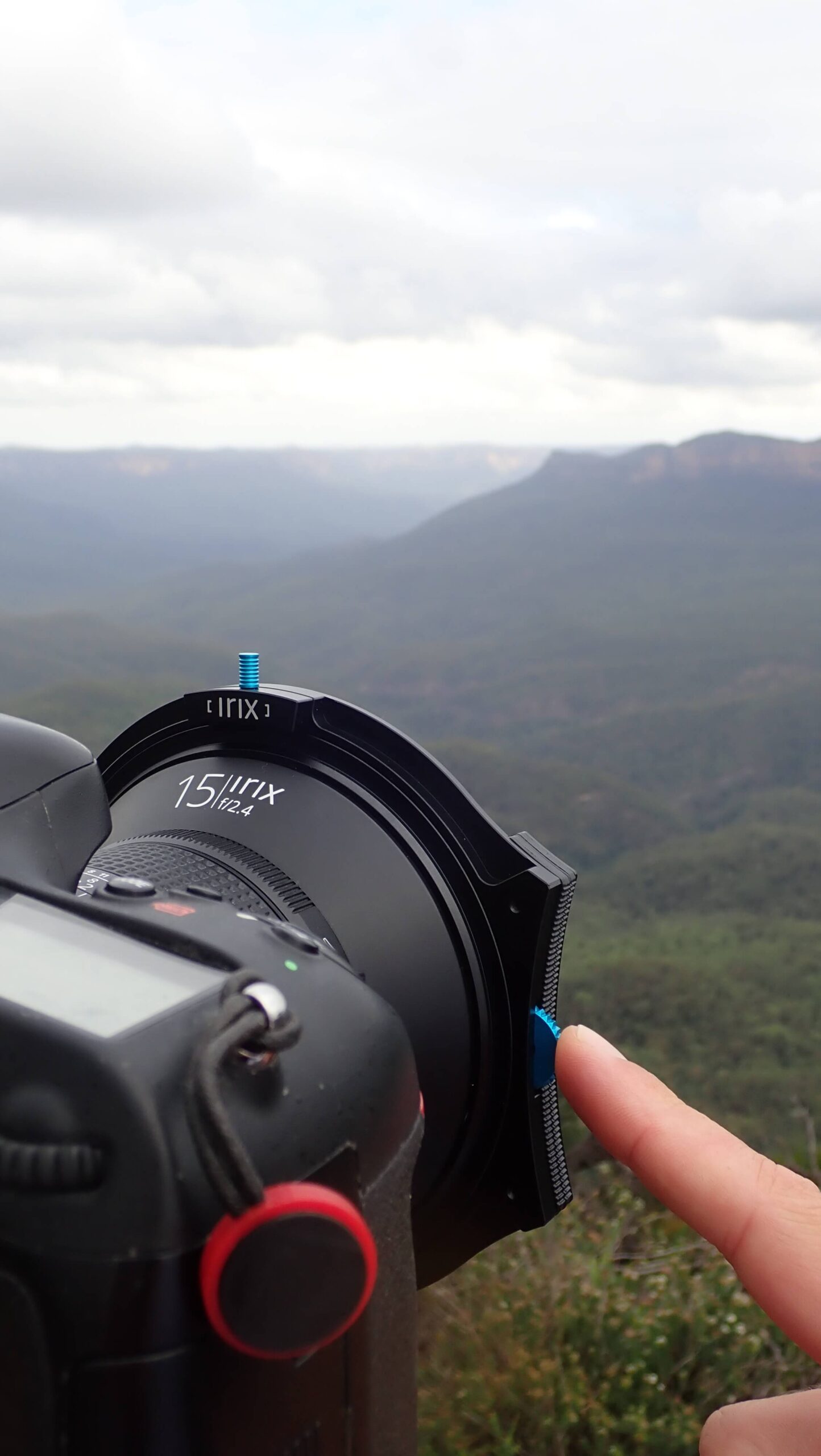
The external knob for adjusting the polarizing filter allows you to stay focused on the viewfinder or the display, so you can easily adjust to the desired strength. It’s a great pleasure to use.
You can change the 100mm filter smoothly with one hand. So far, I have never changed the position of my camera by accident. This is important if you do focus-stacking for example.
Vignetting
I have tested the IFH-100-Pro with my Irix 15mm f/2.4 and had no problems with vignettes at all. That is a great feature, no vignettes with an ultra-wide-angle lens, is an outstanding quality proof (See example photos below).
Build quality
The IFH-100-Pro is based on the Irix Space Ready (SR) project, which was built according to procedures developed by NASA. The IFH-100-Pro is resistant to compression, shock and extreme temperature variations while being extremely lightweight at the same time. It’s not just the IFH-100-Pro, I got this same feeling of reliability from all Irix products so far. My 15mm f/2.4 has worked great for two years under all weather conditions and is still providing top quality photos. Same with the filter and filter cases. I will publish a long term review about the Irix Edge filter soon.
Conclusion and sample photos
Let me put it this way. Irix is a team of active photographers and I think they have put all their experience together in one filter holder. If you watch closely at the IFH-100-Pro, you can tell they have done photography for a long time. Only with a lot of experience in the field is it possible to create a product which is so easy and quick to use. There are hundreds of filter holders out there and they probably all do a decent job, but it is the handling, the efficiency and the small details which make all the difference.
My favorite features have to be:
- the adapter ring without a thread
- the super quick spring-loaded mechanism to set up and release the IFH-100-Pro
- the build-in polarizing filter
- the weight: 98g
- the smoothly changeable filters
- the external knob for adjusting the polarizing filter
Everything is designed to stay focus on your photography and not getting overwhelmed by complicated filter settings which for me is the most important thing.
Hence, I have my needs for landscape photography covered.
I can work creatively with up to 3 filters at the same time. The combination of polarizing and graduated is unbeatable and gives you endless opportunities to capture outstanding photos. I more than happy with the IFH-100-Pro. It’s a great pleasure to use.
Sample photos
The following principle applies to all my sample images. The first two pictures are straight out of the camera, without editing at all. It will show you the difference between no filter and filter. The third photo is the edited version, my final image.
All photos were taken with the IFH-100-Pro, Irix 15mm f/2.4 and Irix Edge Filter’s.
1. Three Sisters; Katoomba; Australia
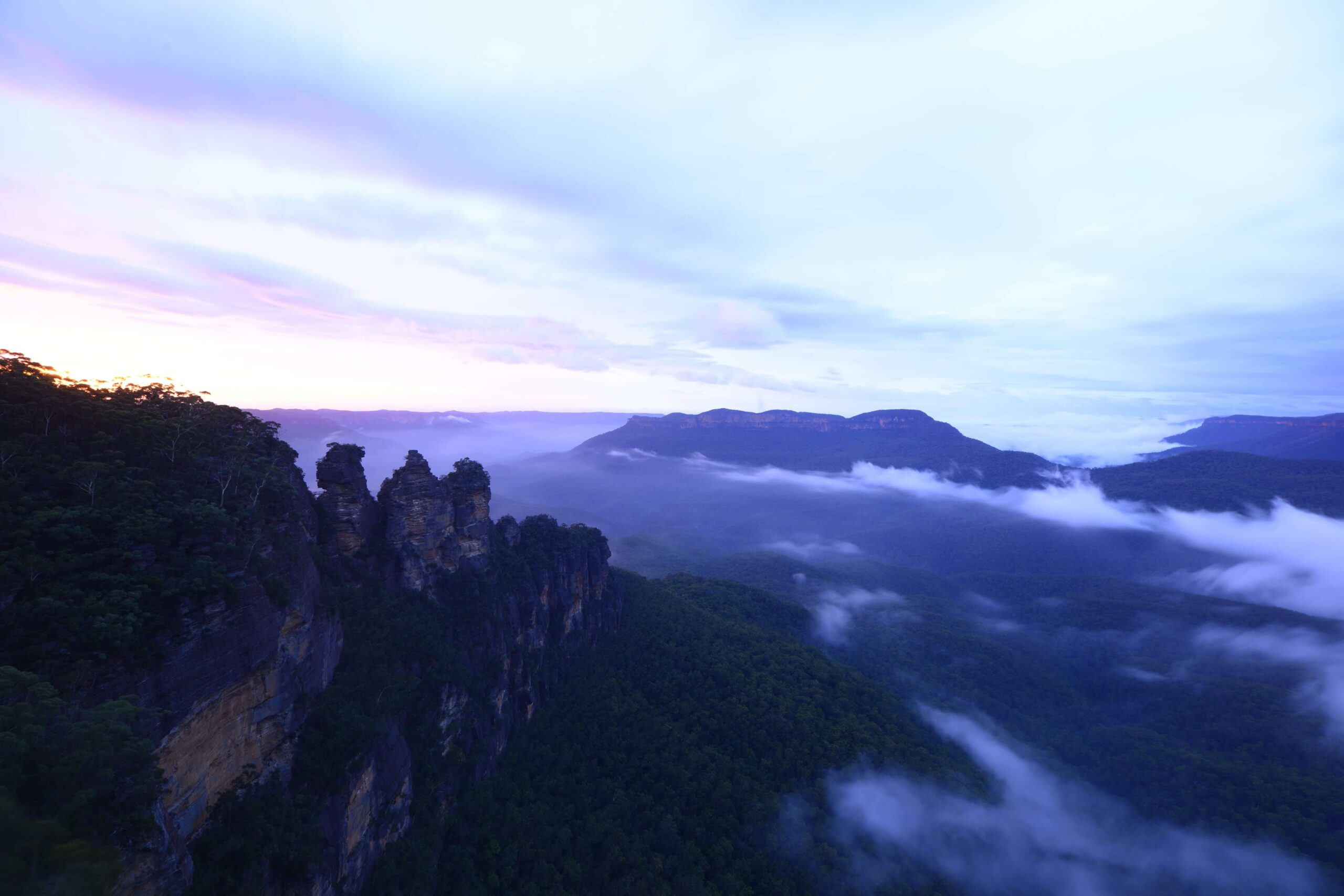
ISO 100; 15mm; f/11, 16sec. without filter (straight out of camera jpeg)
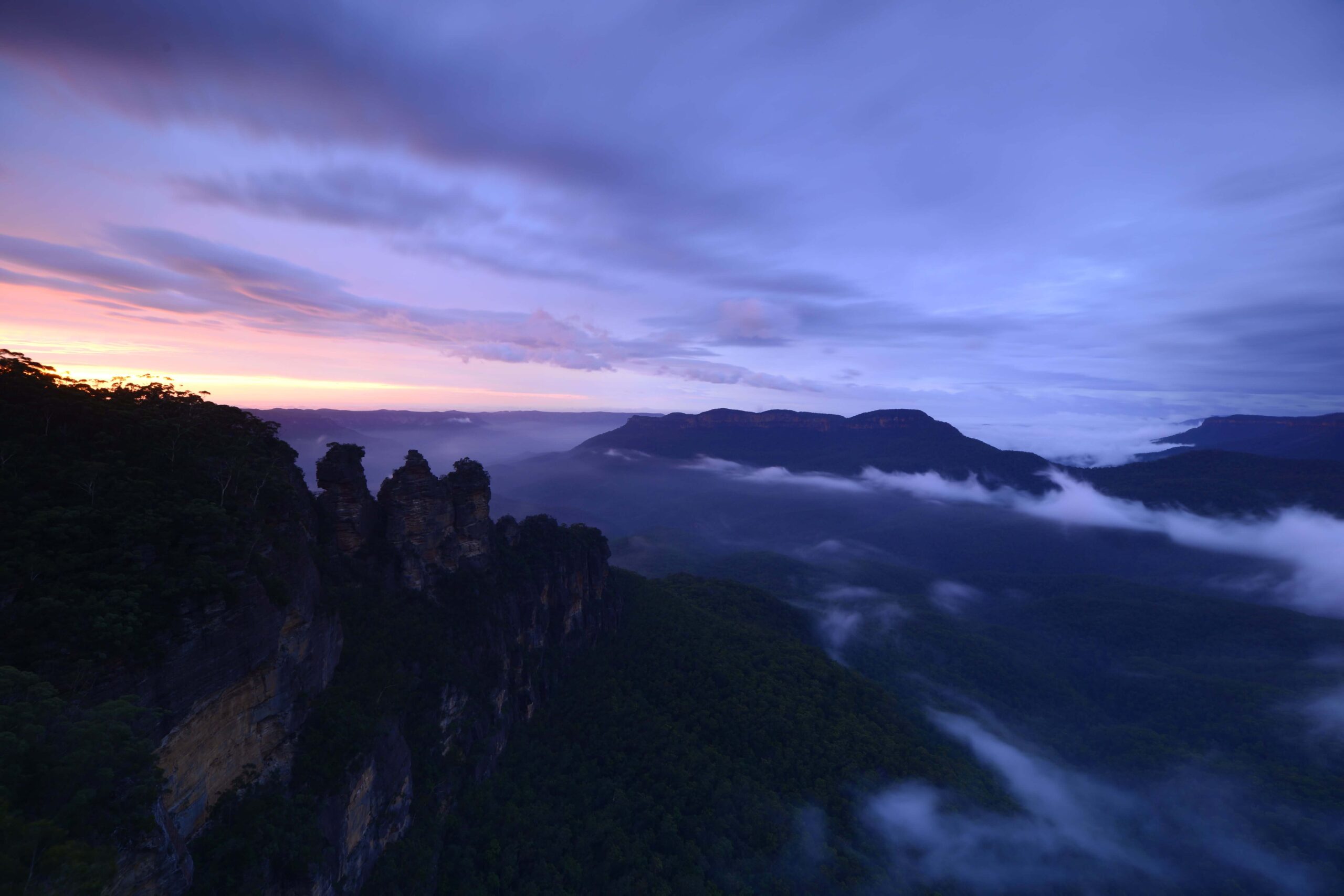
ISO 100; 15mm; f/11, 16sec. Irix Edge Soft Gradual Filter ND16 (straight out of camera jpeg)

ISO 100; 15mm; f/11, 16sec. Irix Edge Soft Gradual Filter ND16 Edited Version
2. Landslide Lookout; Katoomba; Australia

ISO 100; 15mm; f/11, 1/15sec. without filter (straight out of camera jpeg)

ISO 100; 15mm; f/11, 1/15sec. Irix Edge Hard Gradual Filter ND8 (straight out of camera jpeg)

ISO 100; 15mm; f/11, 1/15sec. Irix Edge Hard Gradual Filter ND8 Edited Version
3. Witches leap falls; Katoomba; Australia
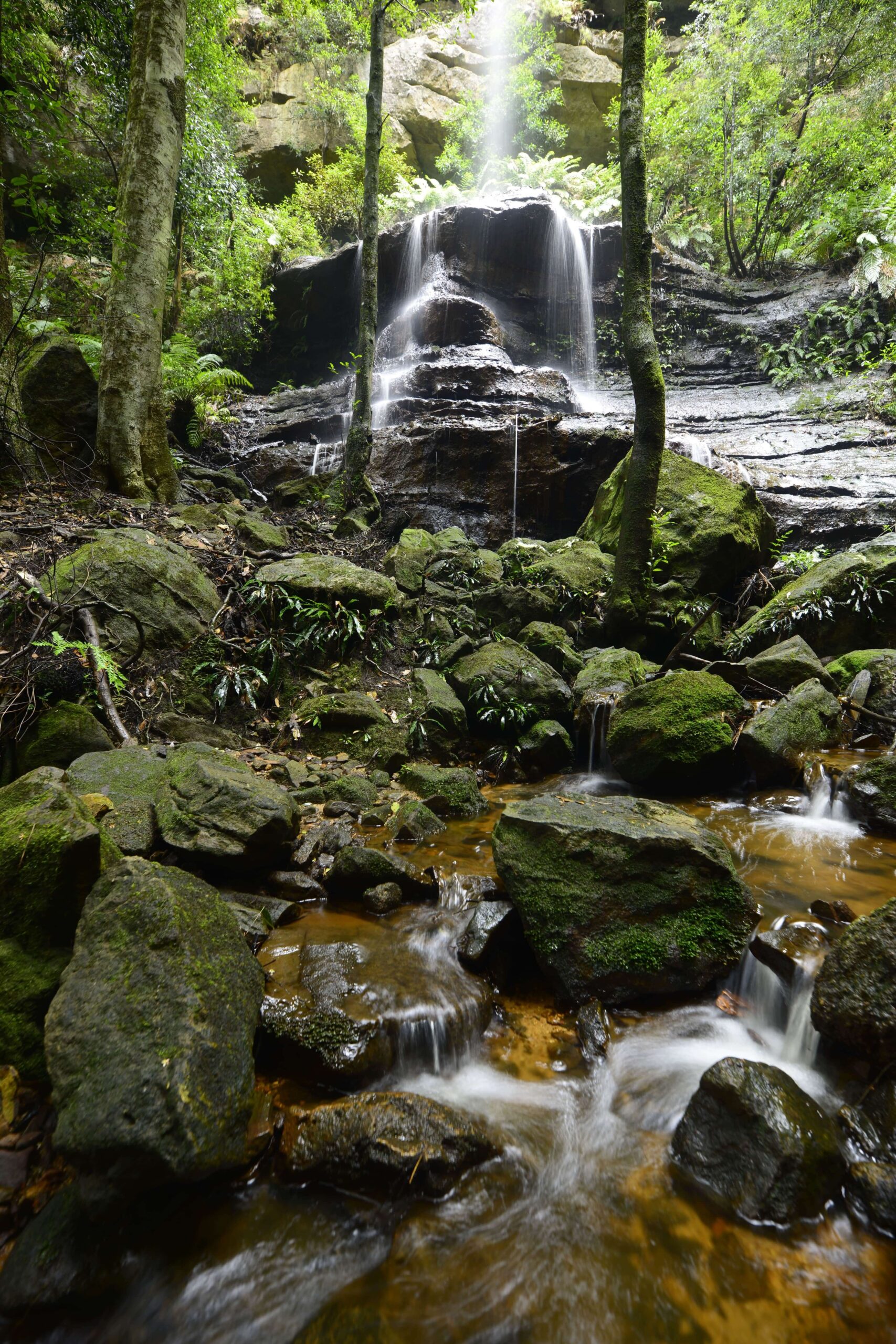
ISO 100; 15mm; f/8; 1/2 sec. Without Filter (straight out of camera jpeg)
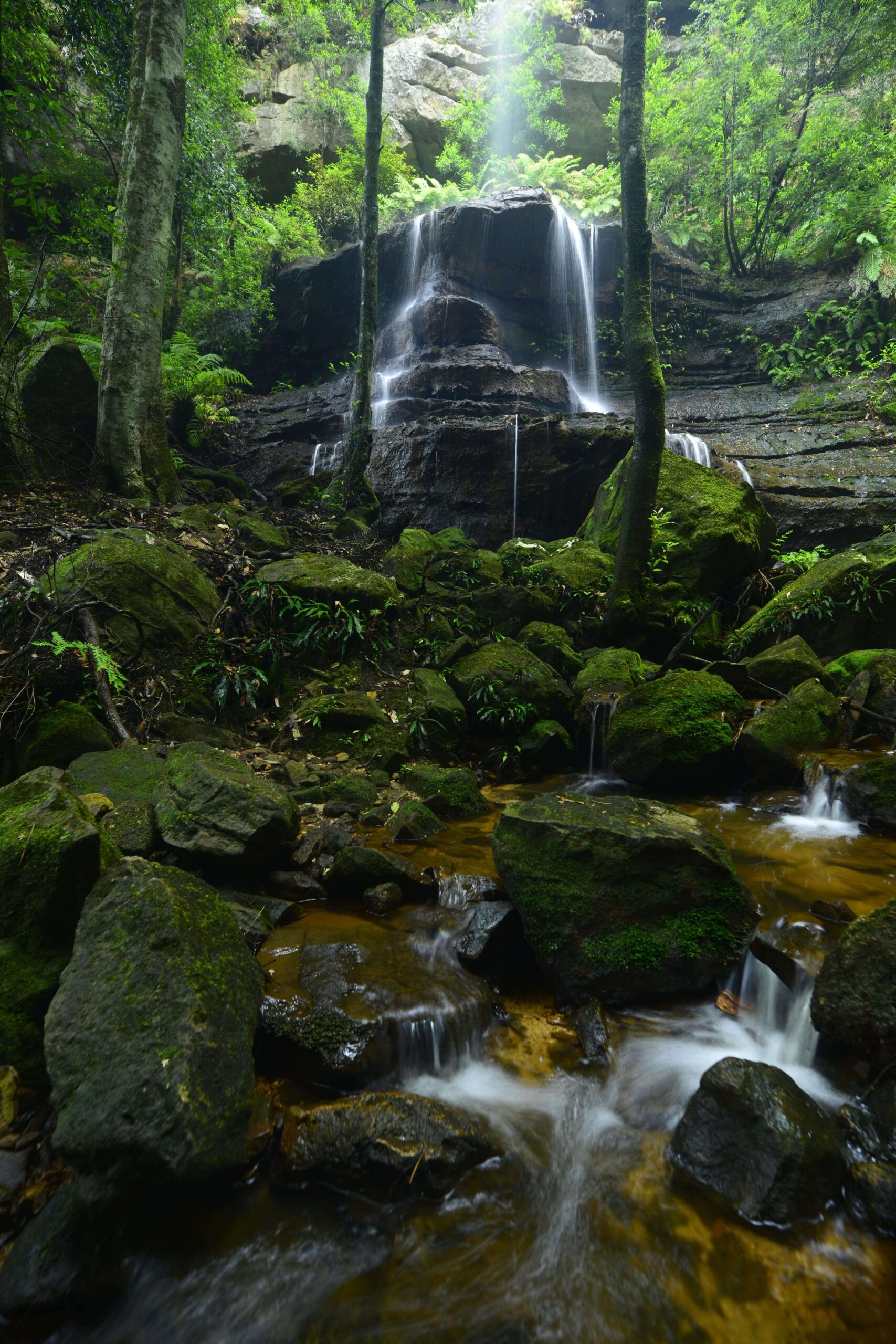
ISO 100; 15mm; f/8; 1/2 sec. Irix Edge circular polariser filter (CPL) (straight out of camera jpeg)
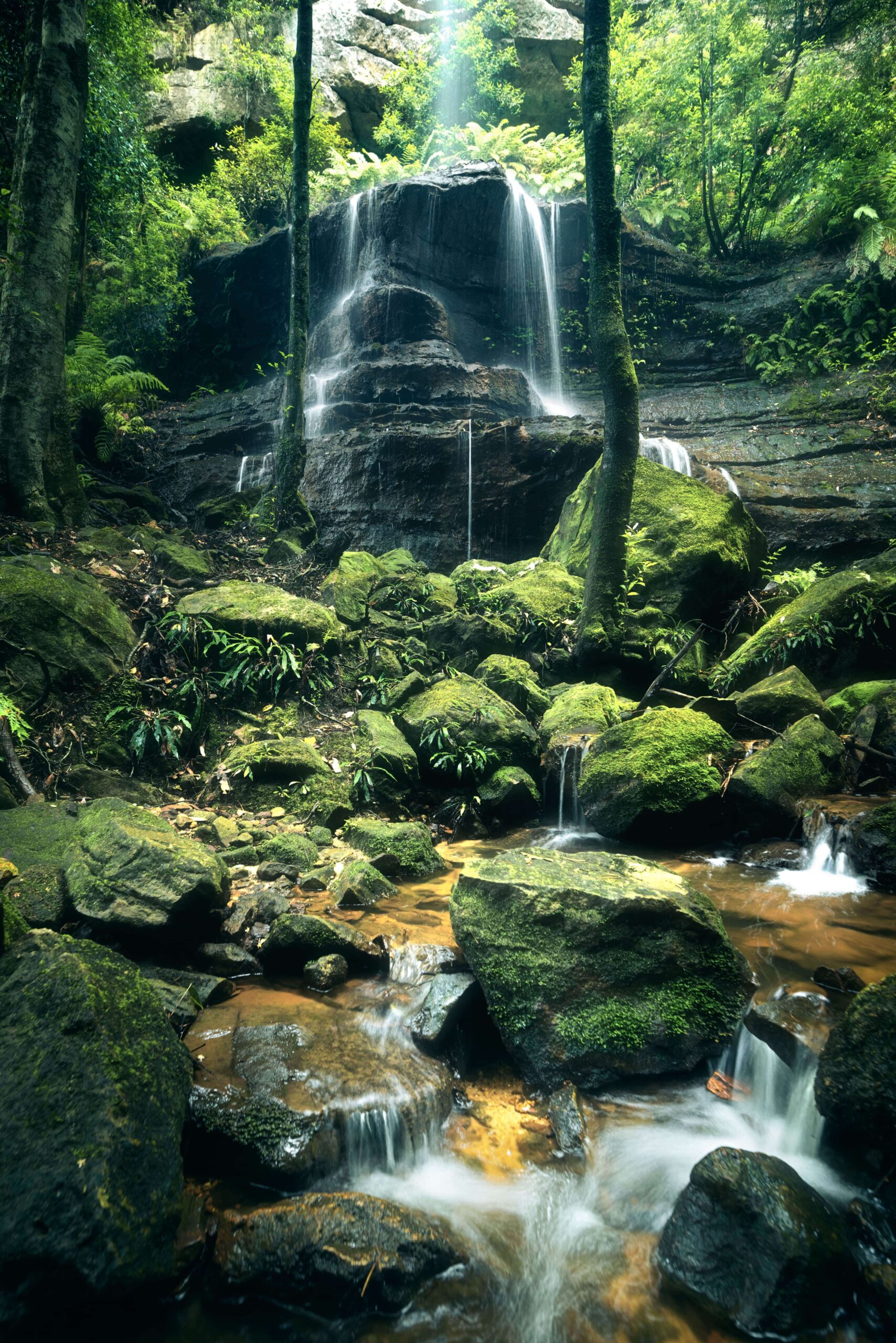
ISO 100; 15mm; f/8; 1/2 sec. Irix Edge circular polariser filter (CPL) Edited Version
4. Prince Henry Cliff Walk; Katoomba; Australia
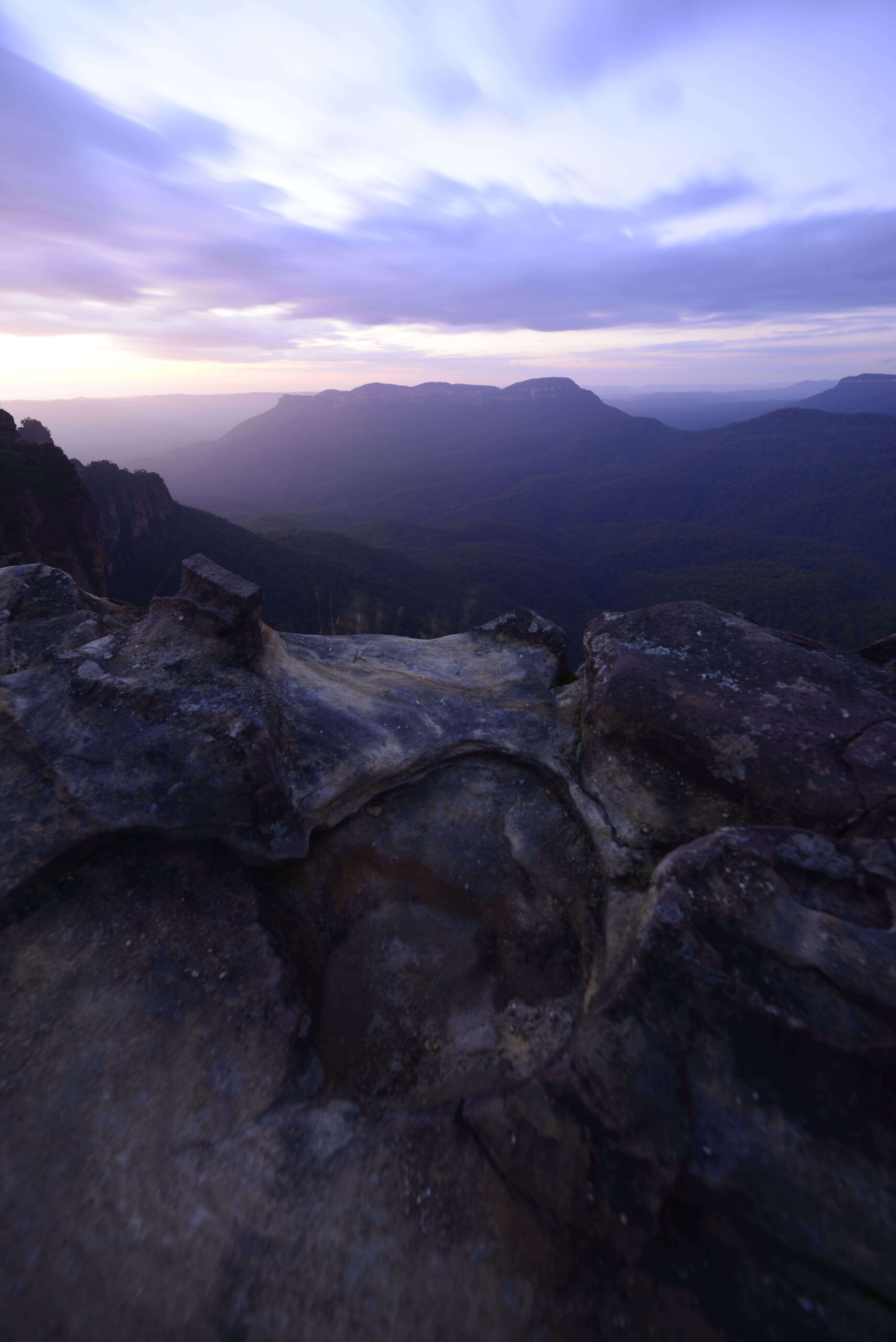
ISO 100; 15mm; f/8; 82sec. Without Filter (straight out of camera jpeg)
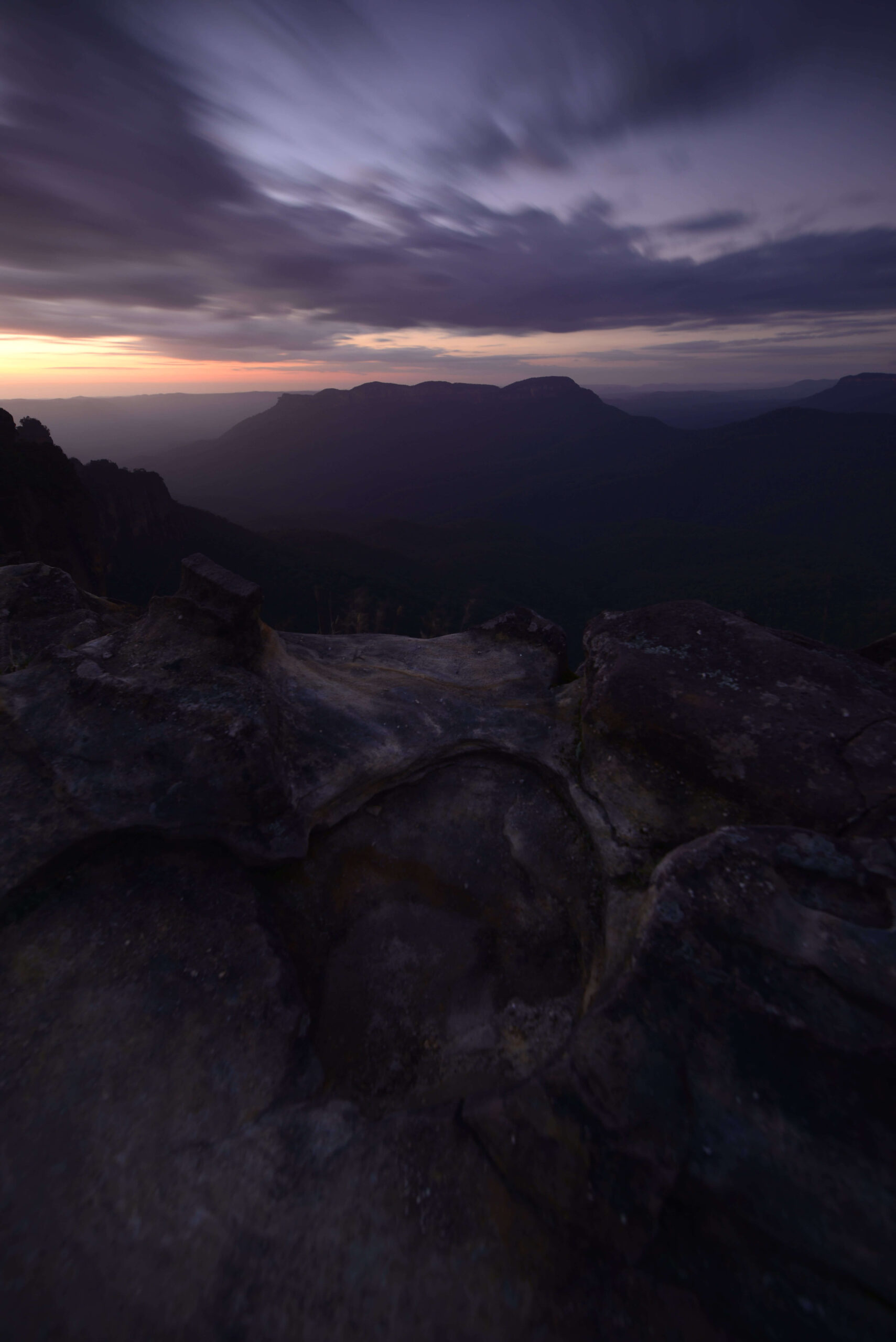
ISO 100; 15mm; f/8; 82sec. Irix Edge Soft Gradual Filter ND16 (straight out of camera jpeg)
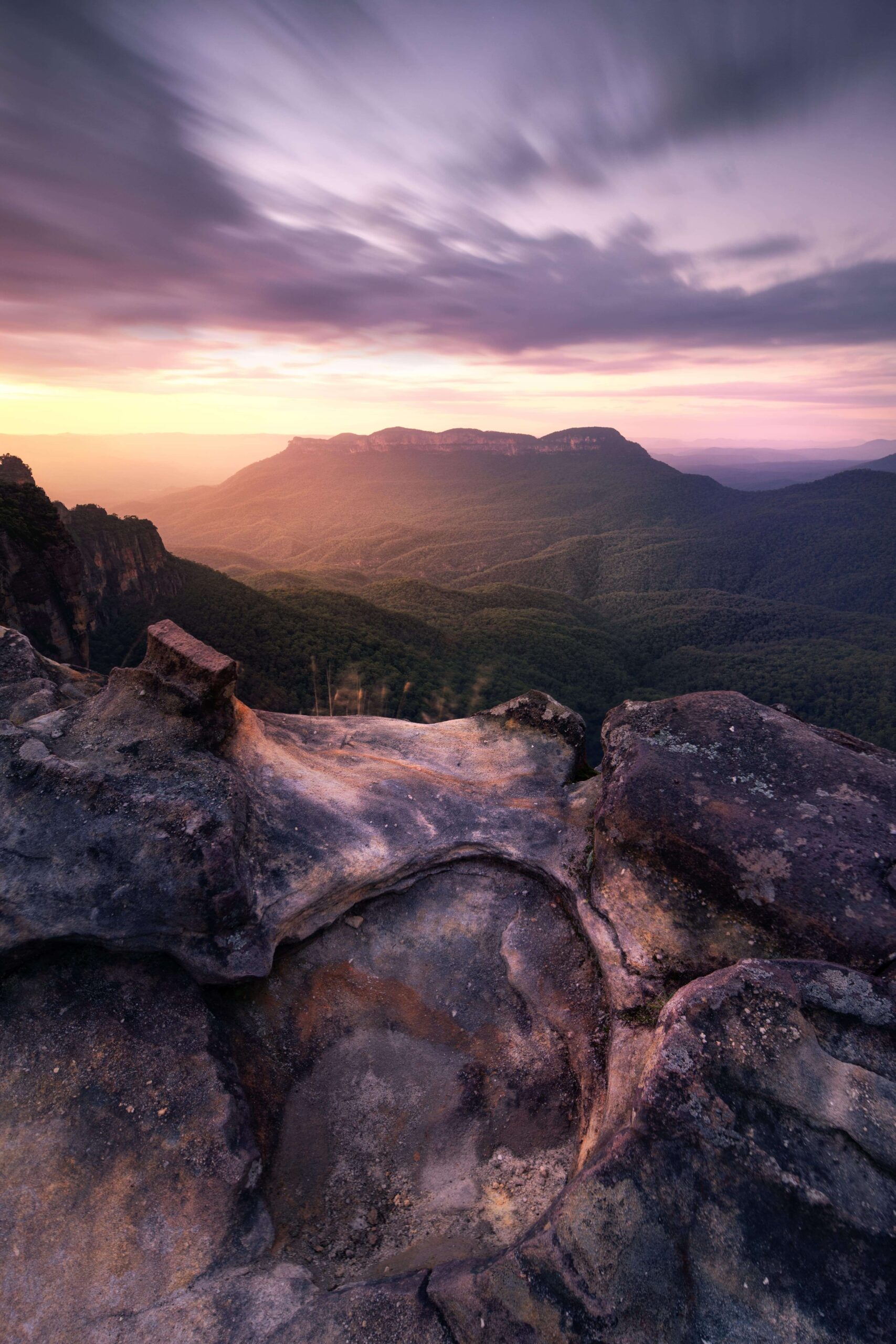
ISO 100; 15mm; f/8; 82sec. Irix Edge Soft Gradual Filter ND16 Edited Version
Follow Robert Goodlight Photography on social media and visit website:
WWW: https://www.robertgoodlight.com/
IG: @robert_goodlight_photography
FB: @RobertGoodlight

